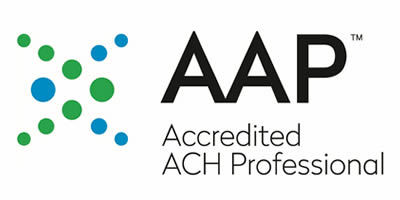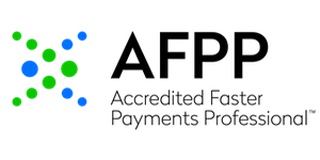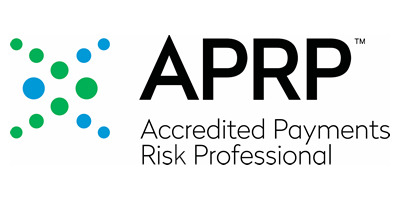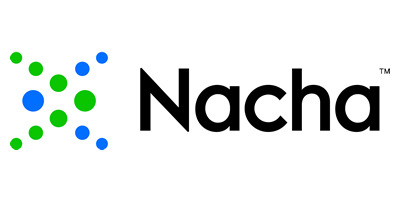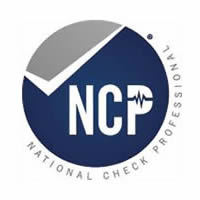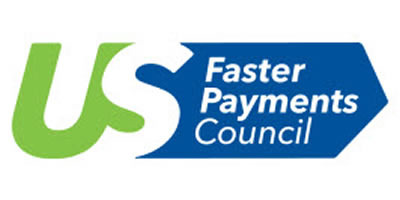Complete Story
09/21/2021
Four Things to Know about Faster and Instant Payments
Federal Reserve Banks Share Instant Payments Resources Leading Up to FedNow Service
Consumers and businesses are increasingly using payment platforms that allow them to pay or transfer money faster than ever before.
Perhaps nothing demonstrates the growing interest in faster payments as clearly as the numbers. According to the Mercator Advisory Group, the United States was predicted to transact more than $900 billion in faster payments in 2020.
Demand continues to grow, and customers are looking for ways to meet these needs. What does your financial institution need to know about these types of payments? Here are four things that are important to know if you’re just getting started on your instant payments journey:
- What’s trending around the world. Instant payments, along with other types of faster payments, are quickly growing in popularity around the world and gaining momentum in the United States. According to FIS’ latest Flavors of Fast Report for 2020, 56 countries now have real-time payments, compared to just 14 countries six years ago. This rapid increase is due in part to ongoing innovation in use cases for which faster and instant payment systems are well suited. See highlights of faster payment trends in India, China, Europe, the U.K. and more.
- How faster/instant payments work. When it comes to instant payments, the end-user process may seem simple: User number one sends a payment and, moments later, user number two is notified that they’ve just received the payment. That’s simple enough, but the behind-the-scenes process can vary and feature different risks and benefits. To better understand the faster payments process, take a look at this hypothetical payment of $300 from Janice to her handyman, Frank.
- The differences between fast, faster, and instant payments. Many people use the terms “fast,” “faster,” “real time” and “instant payments” interchangeably. And to consumers, faster and instant payment systems may seem similar. But things aren’t as similar behind the scenes. Faster payment systems can differ in several ways, including how clearing and settlement occur between financial institutions. These differences may affect how your financial institution designs the services you offer. Learn more.
- Fraud and instant payments. There’s a lot to love about instant payments, but as with any type of payment, the potential for fraud exists. In general, the actions financial institutions, consumers and businesses take to minimize fraud with other payment types are also applicable for instant payments. However, due to their speed and irrevocability, instant payments require some unique considerations. Financial institutions thinking about instant payments adoption should consider taking a holistic approach to fraud prevention, particularly in cases where existing fraud solutions and processes may be based on batch processing or manual intervention. Learn more.
Continue on Your Instant Payments Journey
When it comes to deciding which payments platform will be best suited for a particular financial institution and its customers, there’s no one answer. Understanding the different models can help your organization assess the various faster and instant payment platforms available in the market and ways you can start preparing for them. For more information on instant payments, visit FedNow.org.


